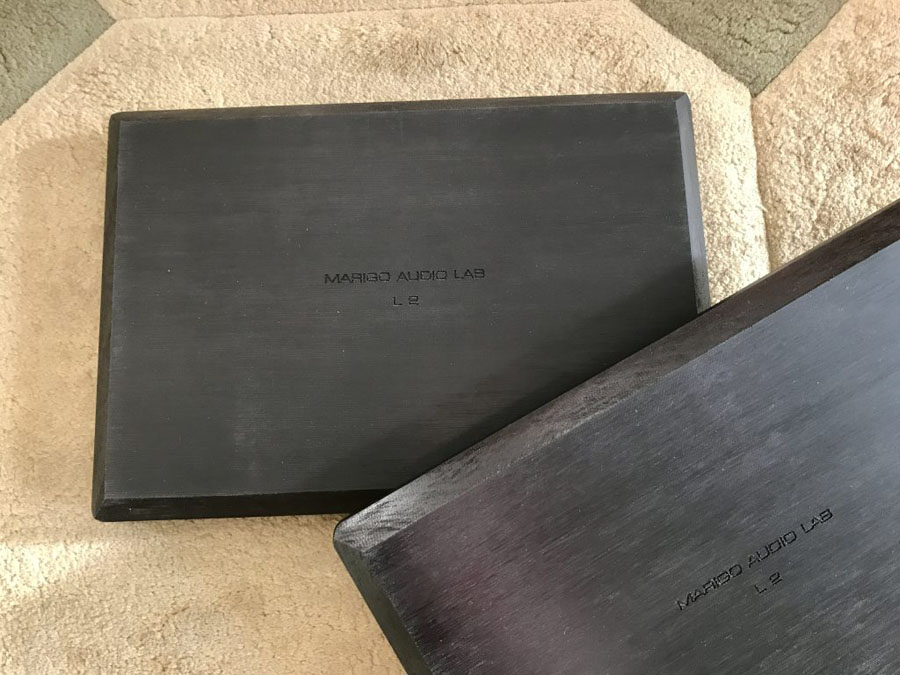When does increased resolution, as long as it is natural and not artificial, ever detract from musicality, realism, believability, suspension of disbelief, whatever you want to call it?
Tonality "drifts into the analytical" when a component designer focuses too much on "resolution", i.e., mining all of the detail in a disc, file, record, or tape, and not enough on voicing the component so it sounds like real music. It follows that more resolution is not always better since it can result in a component that fails to foster the emotional connection with the music that is the raison d'etre of home audio systems.
I see this thread resurrected with comments about DACs, minus the thread topic. Such is forum life.
Even on topic the thread didn't last long. But it could go on for a long time because both 'musicality' and 'resolution' are, at least thus far, such vague or ill-defined notions. Here they are treated almost as contrasting attributes. At least that seems the case for the claim that increased focus on resolution can diminish emotional connection with one's music, the latter I gather is synonymous with 'musicality'. Certainly the thread title "Resolution vs Musicality" suggests these notions - experiences if you will - are at odds with one another.
The best, imo, that can be said is when a stereo's sound emphasizes some particular characteristic to the detriment of other characteristics, the result can be sound out of balance with natural believable sound.
For example, overly sharp transient attack versus soft or blurred transient attack versus the skilled launch of notes from a professional musician. On the other hand, the ability to reveal a finer dynamic gradient going from pianissimo to forte is, at least for me, more realistic not less. A system that lets me hear differentiated pitch and articulation from violas, cellos, and basses when all are playing together is believable versus one that does not.
I"ve used this example before ... Consider Tchaikovsky's 4th Symphony which contains a very challenging piccolo solo - 21 notes in about three seconds. Even in the middle of its range, say around 1000-1500Hz, the piccolo has a high pitched sound. A component or system that lets me hear the natural piccolo sound with separation between those 21 notes is enjoyable and gives me appreciation for the musician's performance. If the notes are blurred or shrill, then no - but I don't consider that as emphasized 'resolution' - whatever that is.
Thus far no one in this thread is using examples to make their points. Rather than talk in vague generalities (such as 'musicality' and 'resolution') using visual analogies, describe what you hear. I suspect for some the 'debate' will go away. We can always find poorly performing components, but that is not the point of the thread.







